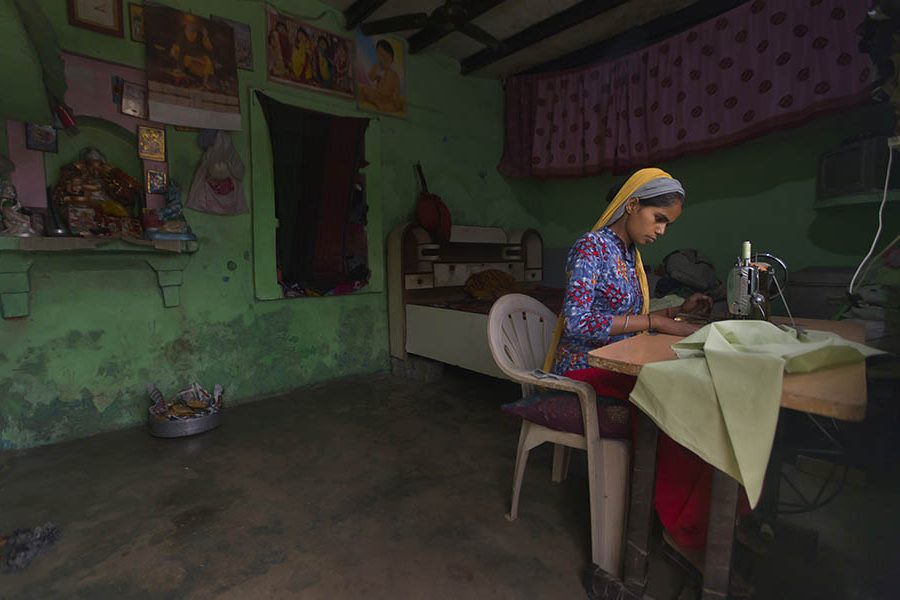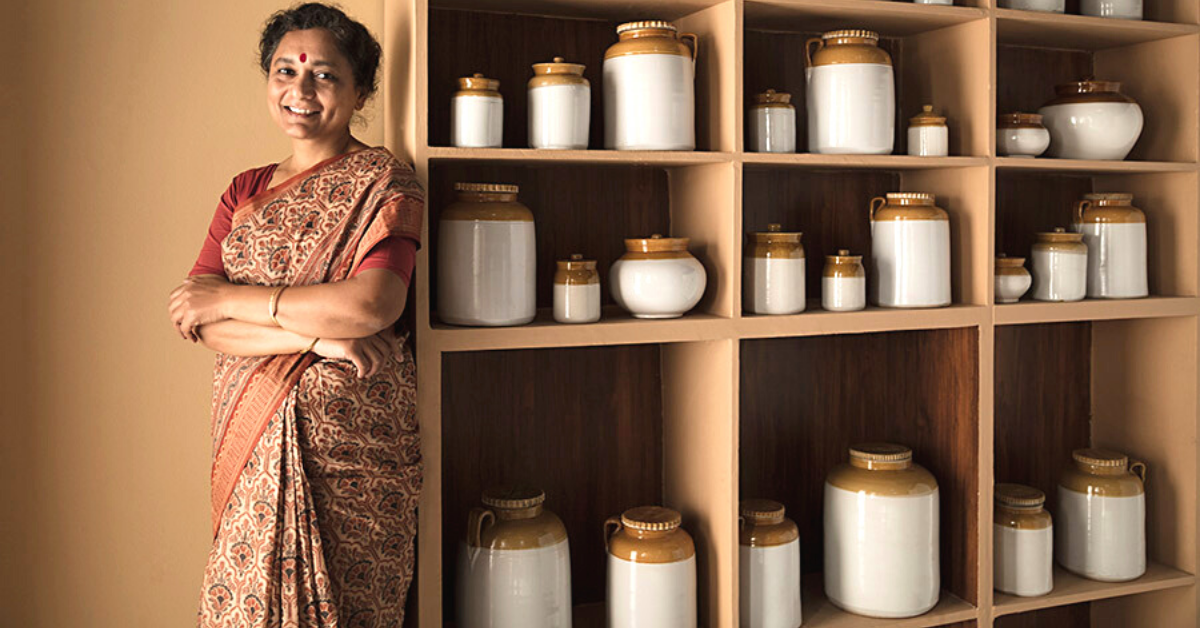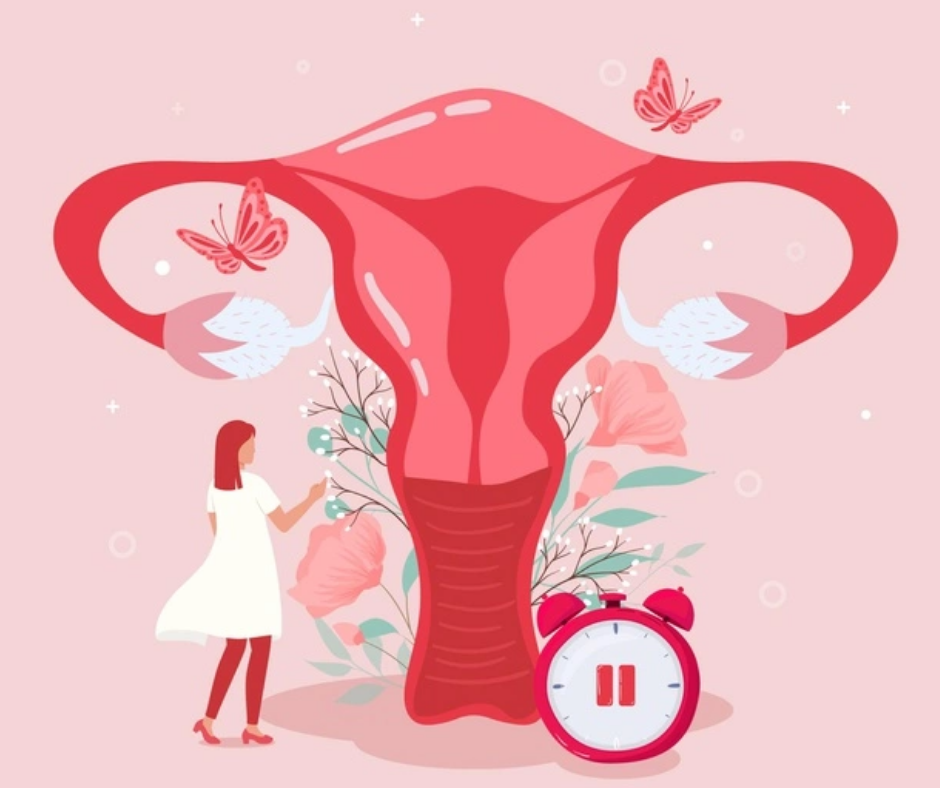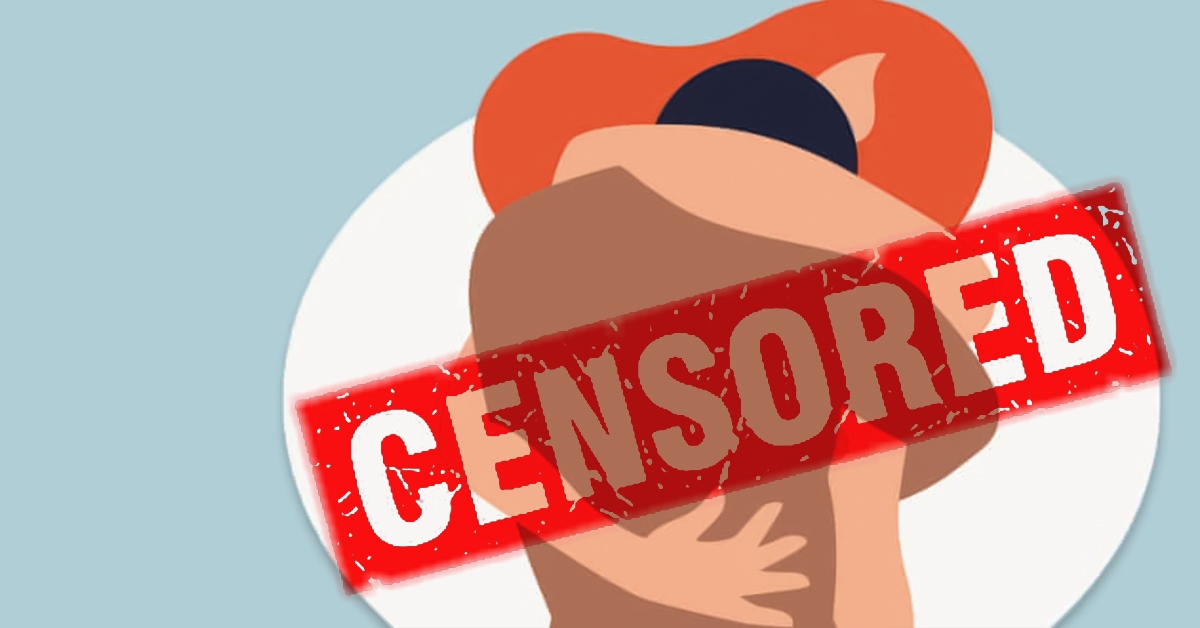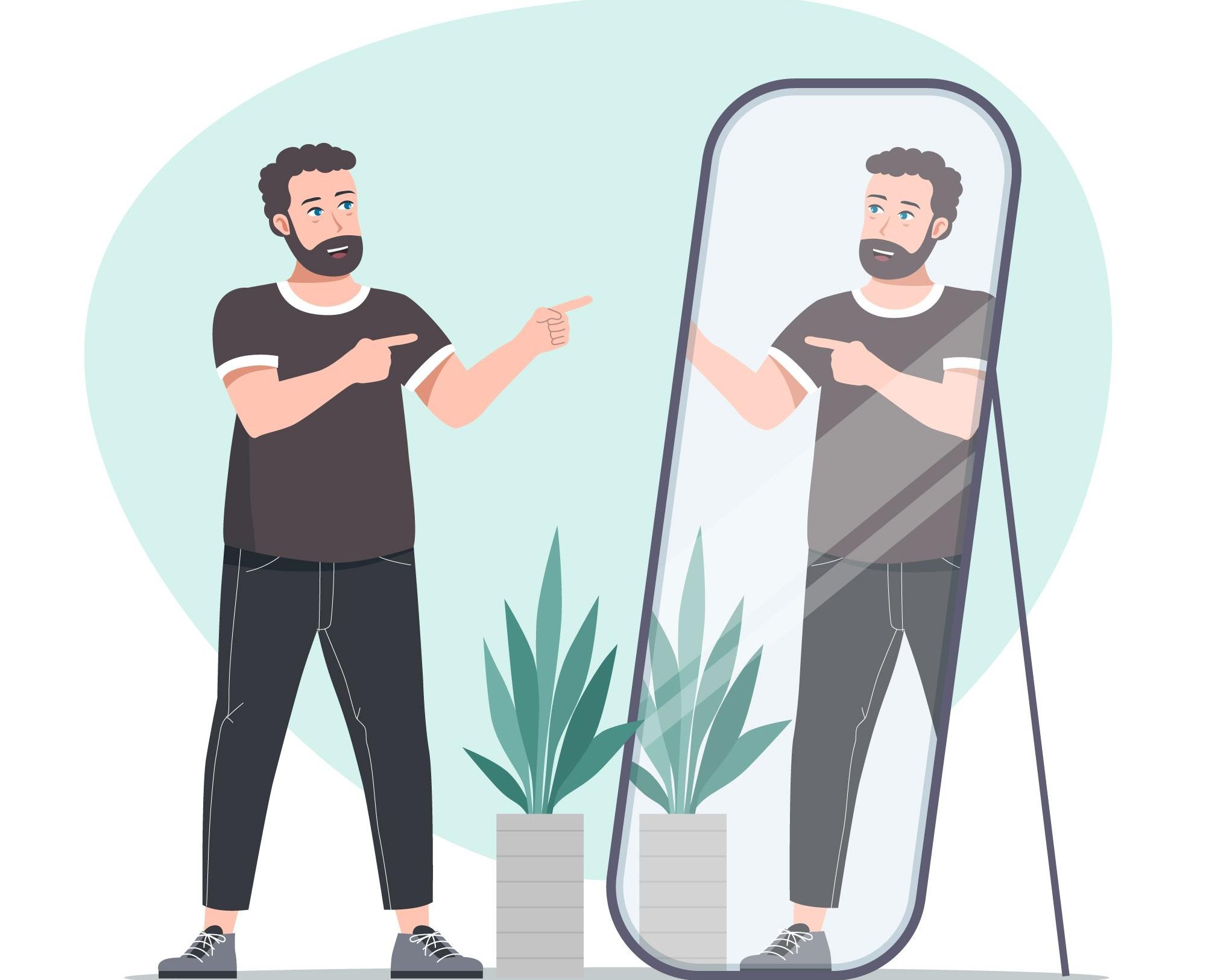All of us fondly remember the time when we freshly learned about human anatomy at school or at home. Rightly recognizing the hands, legs, forehead, ears, mouth, tongue, feet, etc. made us nothing short of smart kids. But seldom we were taught about our sexual parts like the Vagina and Vulva. Shame Shame, down there, pee place became a byword for our genitals.
It’s about time to shed the shame and hold an absolute conversation about female genitalia, learn the difference, and correct usage. Starting with the basics – Do you know the difference between Vulva and Vagina? You might be using the latter word more often to address your genitalia as a whole. Guess What – Vulva and Vagina are two different parts of your genitalia’s anatomy.
To what part exactly should I call vulva?
Hey! That is an easy one to learn about. The vulva is actually the outer part of your genitalia. It includes the pubic mound, the labia majora and minora, the pleasure factory, Clitoris, The urethral opening, and the vaginal opening.
Let’s get to the details
Pubic Mound
Pubic Mound or mons pubis is an upside-down triangle-shaped mound. It is made up of fatty tissues that extend from the top of the pubic hairline to the clitoris. An area that starts growing hair patches right from puberty.
Labia Majora
Labia Majora is the two folds that extend from the pubic mound and merges with the perineum skin. Commonly known as the outer lips of the vagina these can be pink, brown or red in color.
Labia Minora
Labia minora is the inside part of the vagina that begins from the clitoris and ends at the vaginal opening. It has varying lengths and colors.
Clitoris
The pea-shaped erogenous organ capable of sexual stimulation. It is situated at the top of the vagina above the urethra. A bundle of nerves that expands the farthest and can vary in size.
Urethral opening
Commonly called the pee hole. It is situated beneath the clitoris from where the urine comes out.
Vaginal opening
Situated between labia majora and minora and below the clitoris and urethra.

Is there some perfect shape of the vulva?
If you believe there is a perfect shape for the vulva then thanks to porn and pop culture for distorting the reality. Indeed there is no perfect shape of the vulva. Every vulva is of different shape, color, and size. Your vulva of whatever shape, size, and the color is perfectly normal.
What is the Vagina then?
The Vagina is an elastic muscular canal that extends from the vulva to the cervix. It is a passage where the lining of the uterus is shed during menstruation and the baby descends during birth.
What does my Vagina do?
Your vagina is an amazing multi-tasker. It does not create a passage for period blood to flow out of the body and helps in childbirth but also enables sexual pleasure.
Pleasure: The Vaginal walls are extremely sensitive and enable sexual pleasure with the help of a penis, finger or a sex toy.
Menstruation: The period blood along with other menstrual waste flushes out of the body through the vaginal canal. During the periods we insert tampons and menstrual cups inside the vagina to prevent leakage.
Pregnancy: During sex if your partner ejaculates the sperms swim through the vaginal canal and uterus to reach the fallopian tubes and fertilize the eggs.
Childbirth: The baby descends into the Vagina from the uterus to finally make it out of the body through the vaginal opening.
How do I use these terms correctly?
While talking about inserting something inside of the vagina like a penis, sex toy, tampon or menstrual cup make sure to use the term vagina while the outer parts of your genitalia visible through naked eyes will be called the vulva.
How do I keep my vulva and vagina clean?
Your Vagina is a self-cleaning organ that do not need any perfumed soap or feminine hygiene product to clean themselves. Your vagina is as self-reliant as you are. It maintains a good pH balance that keeps the bacteria at bay. The vagina is lined with a mucous membrane. The mucus that it produces during the menstrual cycle protects it against any harmful bacteria and infection.
Whereas the vulva has another cleaning mechanism. The hair patch on the pubic mound prevents dirt and pathogens from entering the genitals Thus, need not bother shaving your vulva every now and then. However, you can clean it with warm water and mild soap at times.
Remember, taking care of your genitals and talking about it by using explicit terms such as vagina, vulva, etc helps you build a healthy relationship with your body and smash the taboo around sexual health.
To read more such article, Click



